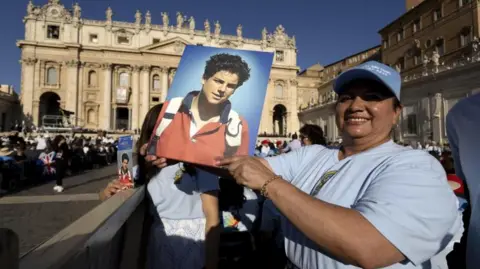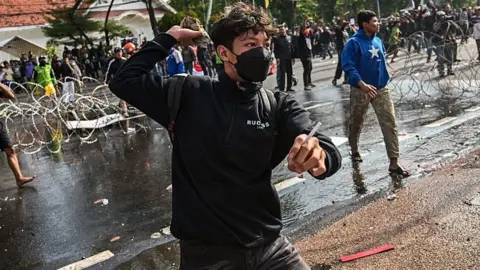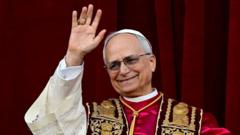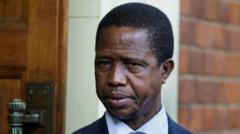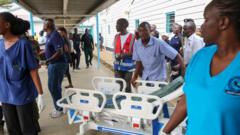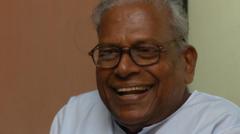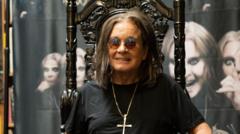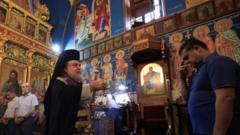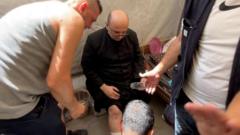His body was transported from the Vatican guesthouse, where he had resided before his death, to St. Peter's Basilica, illustrating his preference for simplicity. Unlike the extravagant processional seen during the funeral of Pope John Paul II in 2005, which unfolded through grand palace halls, Pope Francis’ rite commenced with silent prayers from cardinals. The transfer to the Basilica was a humble stroll under the sunny sky, showcasing a notable shift in the papacy's representation.
Once inside, the open coffin was positioned at a low level, allowing the faithful to pay their respects more intimately. However, the upcoming funeral Mass on Saturday promises to retain essential elements of Catholic rite, infused with dignity and solemnity. The presence of a potentially record number of cardinals accentuates the scale of the event, as participation could exceed the 157 cardinals at Pope John Paul II’s service, breaking grounds with about 252 cardinals currently in the College, subject to certain health limitations.
Therefore, the funeral serves as a juxtaposition: an homage to the personal, yet continuing Catholic ritual, as the Church navigates the legacy of its former leader amidst evolving expectations.
Once inside, the open coffin was positioned at a low level, allowing the faithful to pay their respects more intimately. However, the upcoming funeral Mass on Saturday promises to retain essential elements of Catholic rite, infused with dignity and solemnity. The presence of a potentially record number of cardinals accentuates the scale of the event, as participation could exceed the 157 cardinals at Pope John Paul II’s service, breaking grounds with about 252 cardinals currently in the College, subject to certain health limitations.
Therefore, the funeral serves as a juxtaposition: an homage to the personal, yet continuing Catholic ritual, as the Church navigates the legacy of its former leader amidst evolving expectations.




